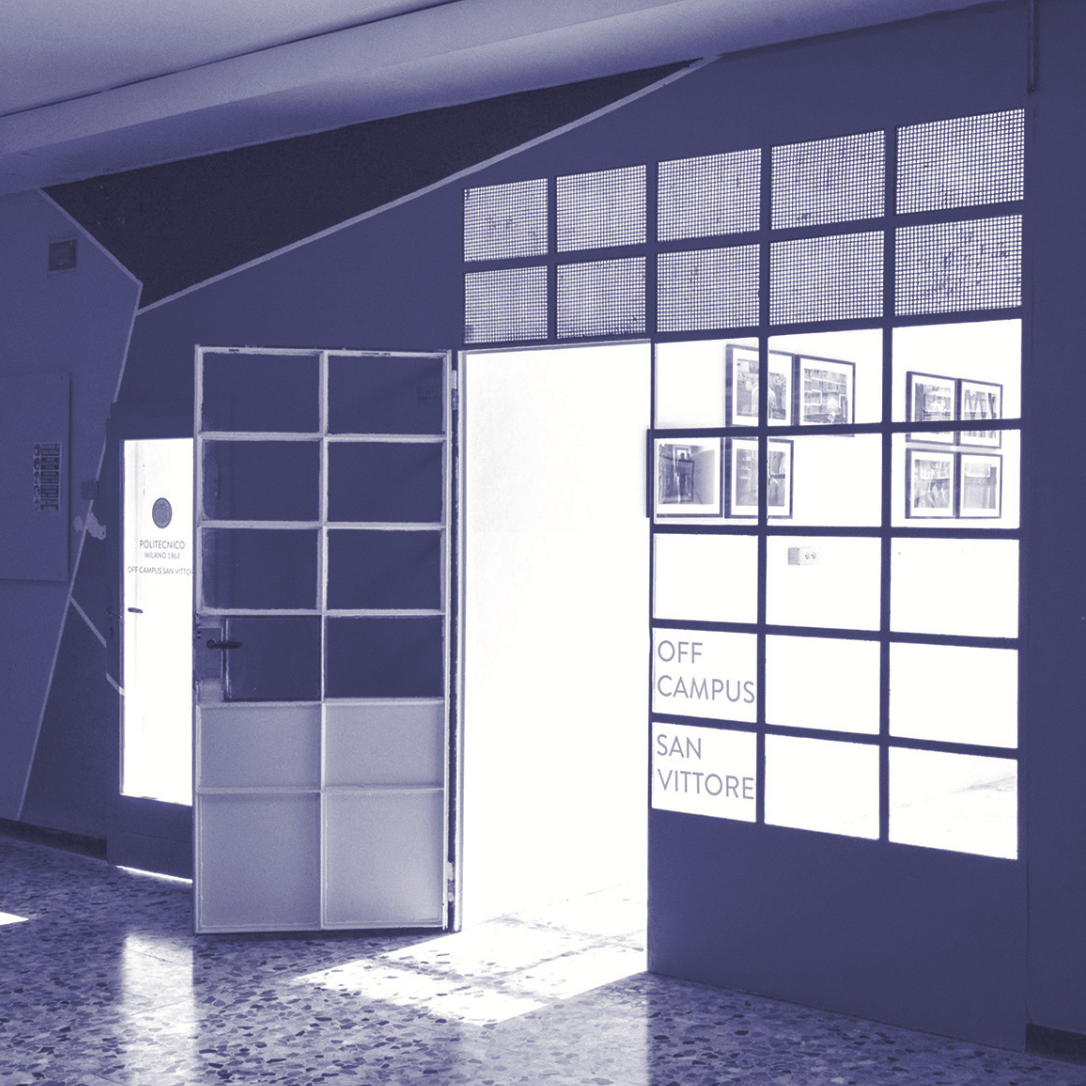Beyond Confinement
Bodies, Spaces and the Challenge of Social Reintegration
Abstract
Prison overcrowding in Italy highlights a critical tension between the physicality of confinement and the rehabilitative objectives of detention time. Beyond representing a quantitative issue, overcrowding reflects more profound challenges related to modifying spaces and their management methods, directly impacting the inmate's and staff's well-being. This article retraces the decade-long experience of the Laboratorio Carcere research group at Politecnico di Milano, investigating how architectural design can help transform prisons from containment structures into places that promote human dignity and social reintegration.
Through the use of "transition prototypes", the research group experiments with concrete interventions that centre on the interaction between individuals and the spaces they inhabit, creating opportunities for relationships both within the institutions and between prisons and the external society. These interventions, conceived not as solutions but as triggers for new design questions, allow researchers to directly observe the characteristics of spaces hidden behind prison walls. A turning point in fostering research-action opportunities is represented by the opening of Off-Campus San Vittore, a research and teaching space of Politecnico di Milano within the historic prison in Milan. Weekly visits to these spaces allow researchers to observe, measure, and understand the living comfort conditions in various prison places throughout different periods of the year. It offers a richer and more articulated perspective on detention spaces. The reflections, rooted in the Milanese context, aim to stimulate a broader dialogue with European contexts, addressing the urgent issue of living quality in detention spaces.
Downloads

Downloads
Published
How to Cite
Issue
Section
License
Copyright (c) 2025 Gianfranco Orsenigo

This work is licensed under a Creative Commons Attribution 4.0 International License.
The authors keep their rights upon their work, although they transfer, in a non-exclusive way, the rights of exploitation (reproduction, publication, distribution, public dissemination and presentation) to the Journal. The authors are, therefore, free to enter additional, separate contracts for the non-exclusive distribution of the version of the work published in the Journal (for instance, by hosting in an institutional repository or publication in a book), provided credit is given that the work was initially published in this journal. The works are published under a Creative Commons Attribution 4.0 (CC BY 4.0) license.











